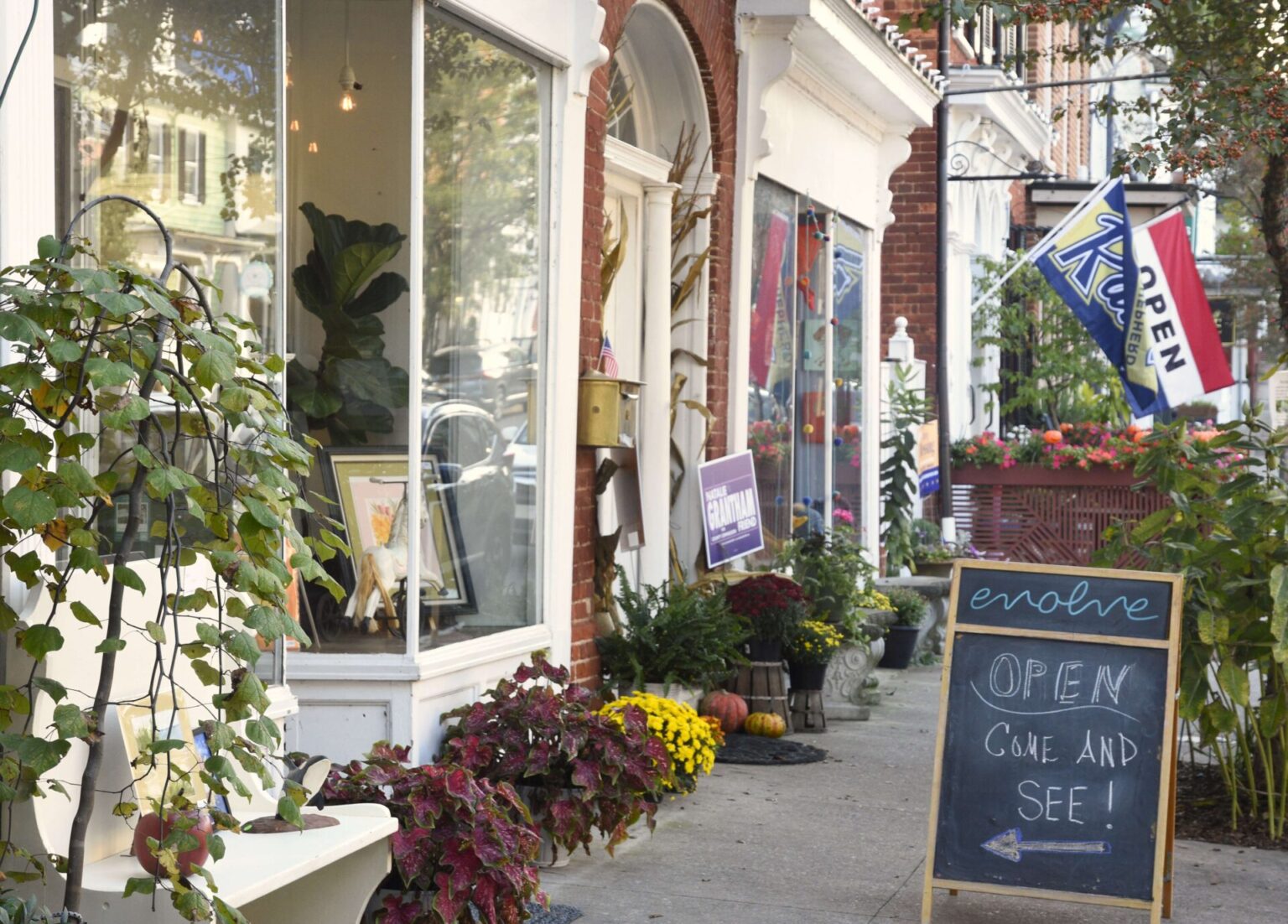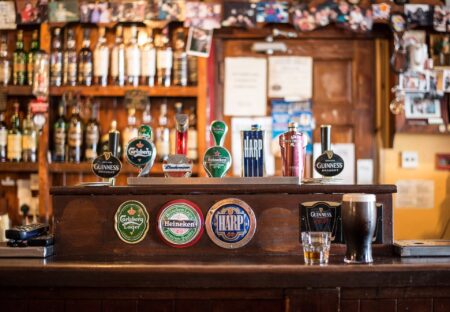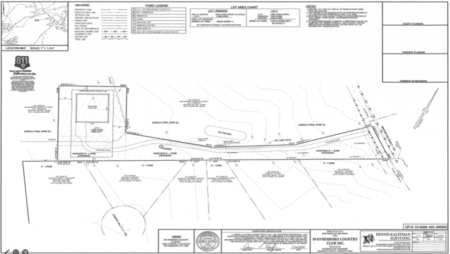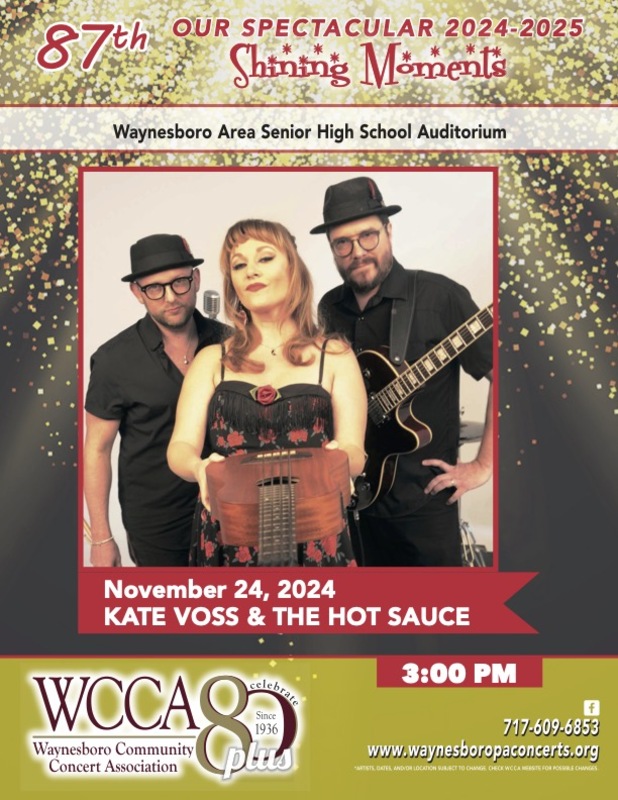Shepherdstown preserves a unique time capsule of American history. This West Virginia river town possesses a fascinating mixture of frontier spirit, charming architecture, Civil War tales and a tradition of hospitality. Also home to Shepherd University, Shepherdstown shines with an ever-evolving culture of higher learning and progressive thinking.
Chartered in 1762 as a town in the Virginia colony, Shepherdstown is the oldest community in present-day West Virginia. Many of its pre-Revolutionary War buildings survive, and the entire town is honored as a National Register Historic District. Shepherdstown celebrated its 250th anniversary in 2012.
Like many early settlements, Shepherdstown grew along a major waterway, which proved vital for its future survival. This Potomac River community also had a benevolent founding father who shaped a scenic landscape into an organized community. Thomas Shepherd (1705-1776) owned 222 acres and parceled 50 to lay out a town. He originally named his community Mecklenburg. Eventually, the village was called Shepherd’s Town and later combined into a single word.
Falling Spring Branch was a critical freshwater source in early times. Fed by six springs, this ever-flowing stream was an idea reserve since it never ran dry and rarely flooded. Now affectionately known as “Town Run,” this narrow creek meanders through Shepherdstown, bisecting back yards, flowing under homes, passing hidden beneath five streets and then splashing through the college campus before emptying into the mighty Potomac.
When the Revolutionary War commenced, Gen. George Washington issued an urgent call for troops. The Virginia Volunteer Riflemen formed in Shepherdstown and marched 600 miles to Cambridge, Mass., in 1775. Some of those patriots didn’t return home alive and rest in local cemeteries.
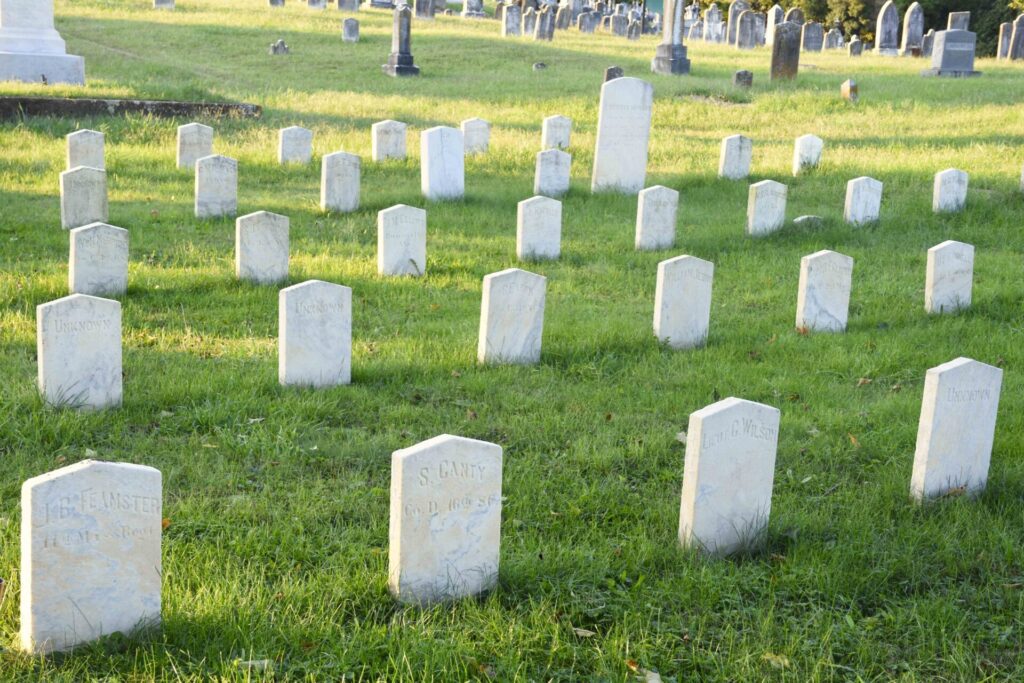
After the colonists won independence, the community strived to improve its social standing and living conditions. The Shepherdstown area was rich with clay soil, ideal for brick making and pottery. Several brickyards and kilns set up shop, and that heritage is still evident today in the community’s lovely brick buildings and lasting arts culture. Local mills used the steady water supply to power their operations. Founder Thomas Shepherd owned a rustic mill that still stands, now a private home aptly found on Mill Street.
In the late 1700s, George Washington developed a keen interest in the Potomac River. He saw the river as a western gateway and was the first president of the Potowmack Company. Washington hired James Rumsey to serve as superintendent. Rumsey, a trained mechanical engineer, was tasked to make the shallow and rocky waterway more navigable. But he was also an inventor. Rumsey showed Washington a model for a steam-powered paddleboat, and the nation’s war hero encouraged Rumsey’s ongoing tinkering.
On Dec. 3, 1787, after several trials and engineering fixes, Rumsey finally completed his maiden Potomac steamboat voyage. Shepherdstown’s citizens cheered his engineering invention. He later withdrew from Potowmack Company’s river enterprise and went to England to drum up more financial support for his fledgling transportation company. While in London in 1792, Rumsey died suddenly and was buried there. But “Rumseians” back in America never forgot this talented inventor and his legendary boat.

The Potowmack Company eventually faded too. However, a new transportation marvel appeared on the Potomac River scene, reaching the Shepherdstown area in the early 1830s. The C&O Canal project began in Washington, D.C., and backers intended it to one day reach Pittsburgh. A special canal feature was built on the river’s Maryland shore, called the Shepherdstown River Lock.
This lock allowed canal boat access to the bustling community on the Potomac’s opposite bank. Bringing cement, coal and flour, these supplies encouraged Shepherdstown’s growth. But a few years later, railroads made the C&O Canal obsolete.
In October 1859, radical abolitionist John Brown raided the Federal Arsenal at Harpers Ferry, 12 miles from Shepherdstown. Brown’s attempt to incite a slave insurrection failed, but many believed his violent attack provoked a bigger conflict. The Civil War began in 1861, and Virginia seceded from the Union.
In 1862, America’s bloodiest battle was fought in nearby Sharpsburg. Now known as Antietam Battlefield, this epic Civil War fight raged on fields north of the Potomac River. Wounded Confederates were treated in Shepherdstown after many local buildings morphed into field hospitals. More than 100 rebels died in the community’s homes and churches. These unfortunate soldiers, many of their names now unknown, are buried in Elmwood Cemetery.
A few days after Antietam, during Robert E. Lee’s retreat, a smaller battle occurred in Shepherdstown on Sept. 20, 1862. A year later, by a federal decree, Virginia’s secessionist eastern territory was separated from the union-leaning west, creating the new state of West Virginia in 1863. Located in Jefferson County — and named for founding father Thomas Jefferson — Shepherdstown became part of modern-day West Virginia’s eastern panhandle.
Shepherdstown’s next important chapter began in 1872. A charter for a new college was enacted by West Virginia’s legislature, forming Shepherd College. The four-year school initially trained teachers, but later, liberal arts and science programs were added. Professor Joseph McMurran was the institution’s first principal, with a first class numbering 42 students. Today, 3,275 scholars study at Shepherd.

McMurran Hall, a handsome building on German Street, was originally designed as the town hall but was given to the college. Today, with a tower clock striking every hour, it is a symbolic gateway to the rambling Shepherd campus. The school has recently added 11 new buildings, including the Robert C. Byrd Science and Technology Center and a modern addition to the Scarborough Library.
McMurran Hall is one of many historic buildings that help define Shepherdstown’s architectural legacy. Across the street, the “one-eyed” old market building has also served as a firehouse and public library. The interior is currently under renovation. Trinity Episcopal Church has a lovely stone tower rising into the trees. An old opera house and the War Memorial Building are two other significant buildings on German Street, the town’s main thoroughfare. The Historic Shepherdstown organization offers a well-researched walking tour, highlighting 59 significant downtown properties.
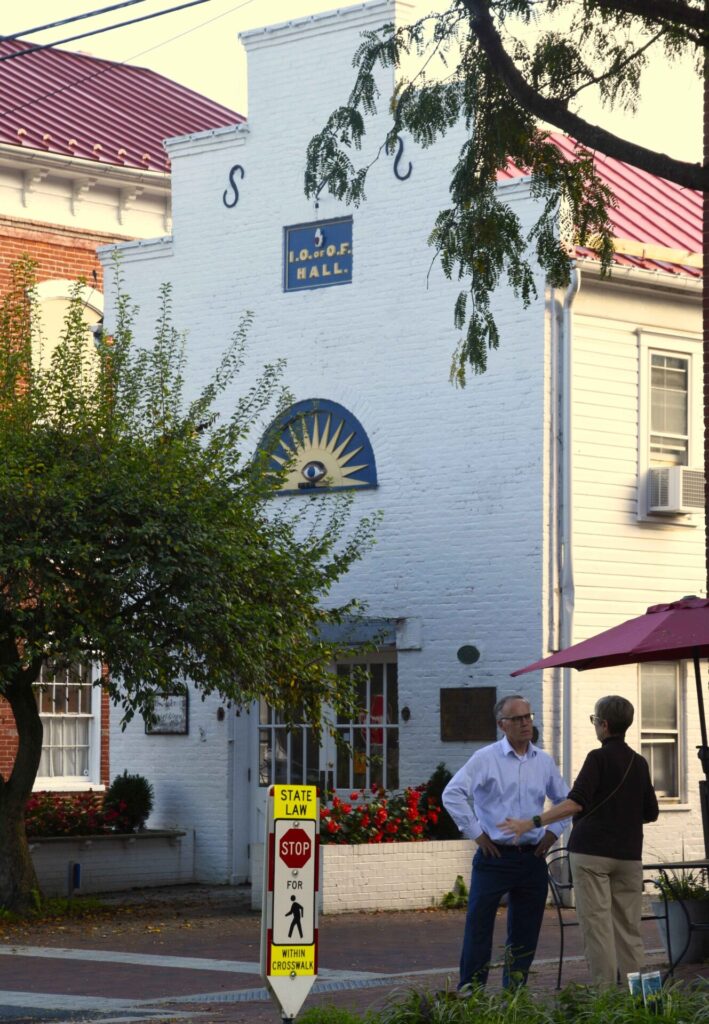
Shepherdstown’s long-running hospitality is found at numerous local inns and restaurants. The oldest, the Mecklenburg Inn, offers both pleasures and is one of the only unmodified buildings downtown. The inn’s cozy courtyard offers a relaxing spot under arching shade trees. On the Potomac River’s south bank, the Bavarian Inn has entertained guests with German-themed lodging and meals since 1977.
The river remains a dominant component of Shepherdstown’s heritage. No longer a transportation highway, the Potomac still captivates fishermen, boaters and anyone who appreciates Shenandoah scenery. The old C&O Canal towpath on the Potomac’s opposite bank offers miles of easy hiking. Harpers Ferry, another historic West Virginia river town, resides upstream.
On a river bluff off Shepherdstown’s Mill Street, a monument to James Rumsey’s steamboat achievement was constructed in 1916. This imposing 75-foot granite column is topped with a sculpted earth-globe. The park surrounding this memorial looks down on the river Rumsey once sailed and a modern Potomac River bridge bearing his name. This quaint community park offers panoramic vistas of a forest and river ecosystem.

Shepherdstown’s past fortunes have risen and fallen like the Potomac’s flow, with fluctuations in population marking good economic times and sporadic rough patches. The town’s citizenry previously numbered up to 1,800, then, during down periods, sometimes lost half its residents. In 1980 the population was 1,791, then dropped to 803 in the 2000 census, but rebounded to 1,531 in 2020.
Another future population decline is unlikely, since this town has all the ingredients for pleasant living with its river scenery, fascinating history, outstanding architecture and the youthful vibrance bestowed by a thriving college.
Shepherdstown gained worldwide attention in 2000 when it hosted Peace Talks between Israel and Syria. President Clinton officiated, and picked the town for its relaxed atmosphere and first-class facilities.
Four years later, Shepherd College became a University, and today sponsors continuing educational programs and symposiums to promote a better world. This mindset adds to Shepherdstown’s already refined arts culture, which enjoys lofty regional status.
But Shepherdstown doesn’t take itself too seriously. Like other historic towns, such as Savannah and New Orleans, it teasingly claims to be one of America’s most haunted cities. Upcoming Halloween events will celebrate that spookiness. The community also sponsors light-hearted festivals throughout the year (with a reputation for dog-friendliness), making Shepherdstown an ideal weekend getaway or a fun daytrip.
The old Entler Hotel (139 E. German Street) hosts a museum of Shepherdstown’s history. Open weekends through October, the three-floor interior space preserves and displays artifacts, furniture and historic documents. This organization also built a replica of Rumsey’s ancient steamboat, housed in an adjacent building. Those interested may learn more by calling 304-876-0910 or visiting the website: historicshepherdstown.com.
The Shepherdstown Visitors Center is a reliable source for local lodging, restaurants, shopping and special events at 304-876-2786 or online at shepherdstown.info/visit.
With all its charms and amenities, a visit to Shepherdstown shows why this town bills itself as “a true blend of amazing history and modern wonders.” This West Virginia community is a pleasure on the Potomac.



